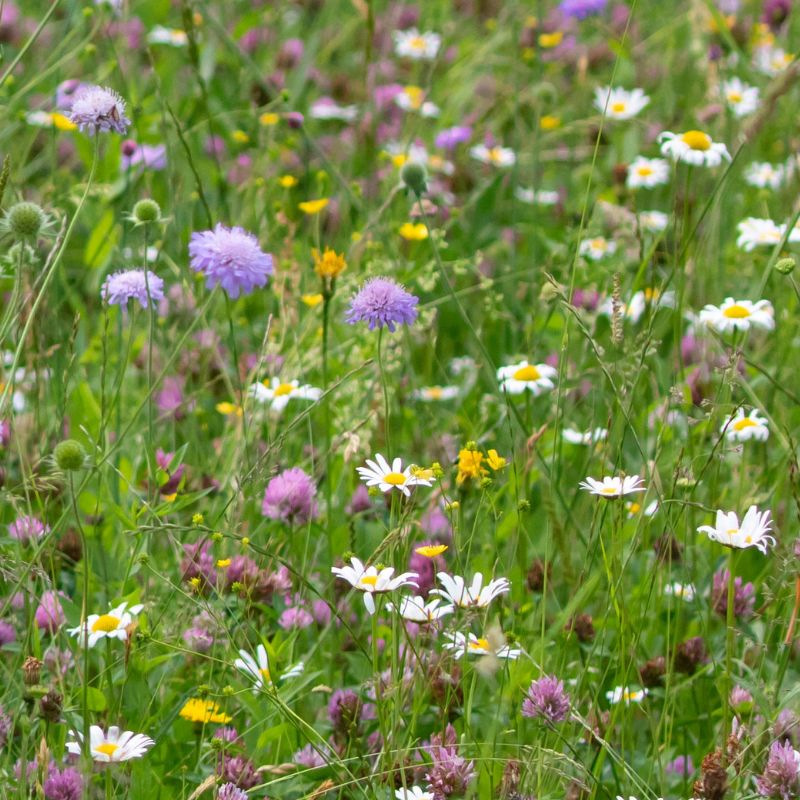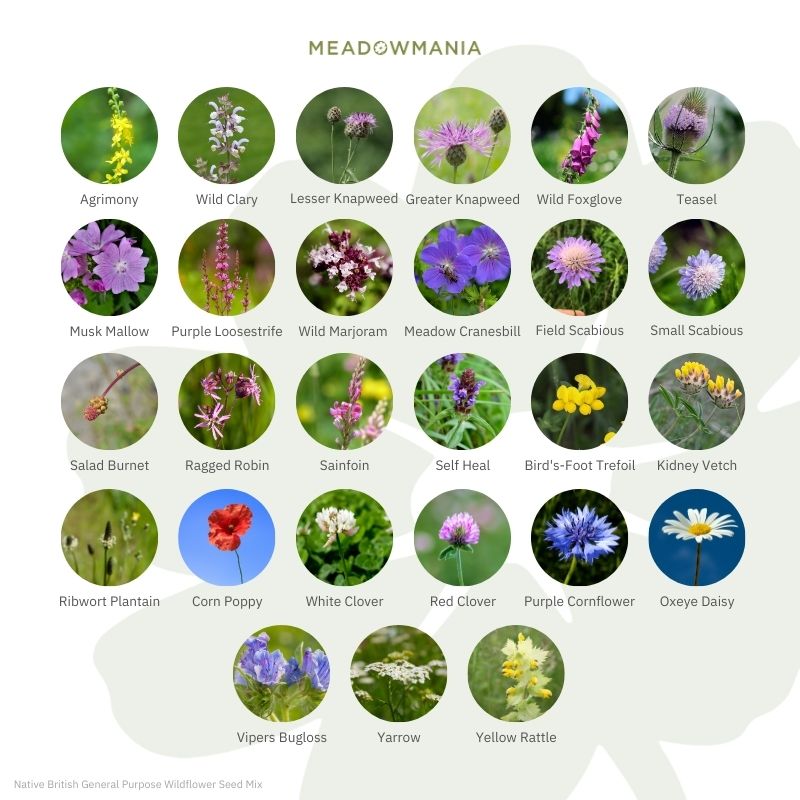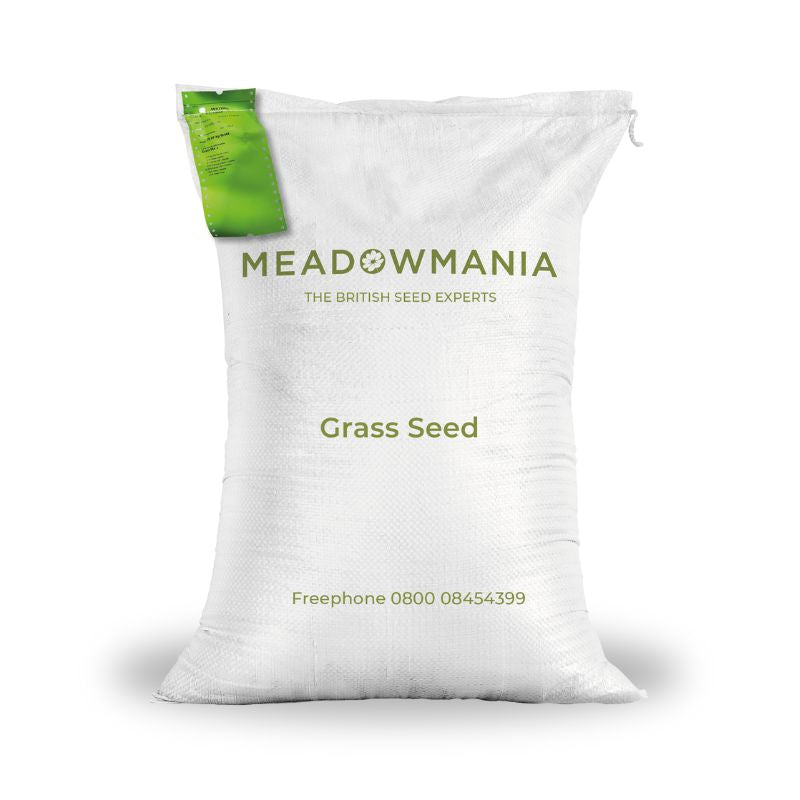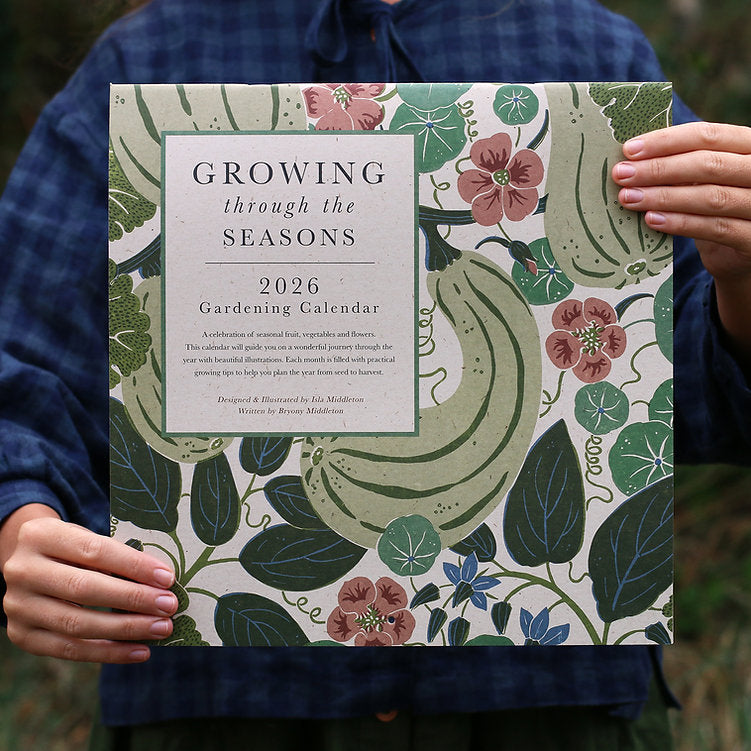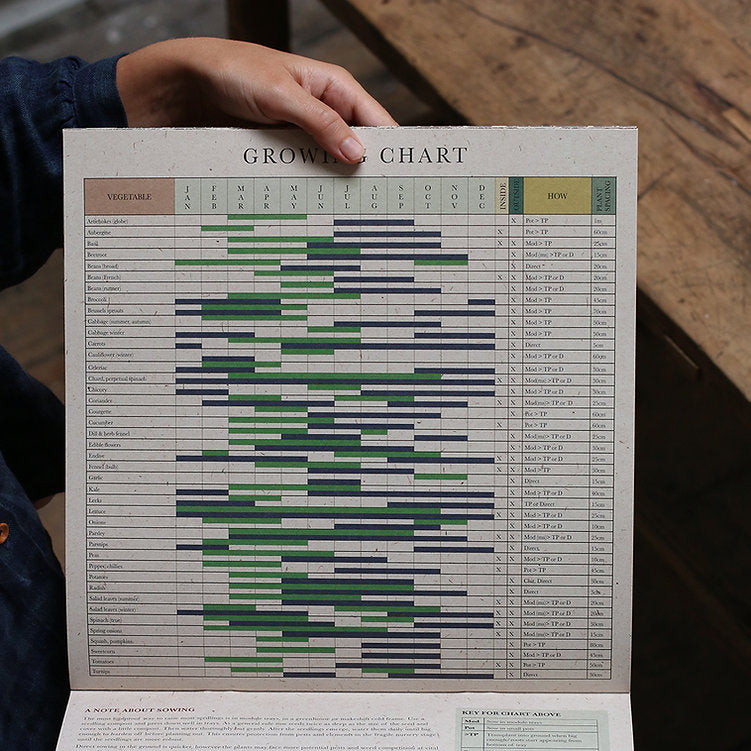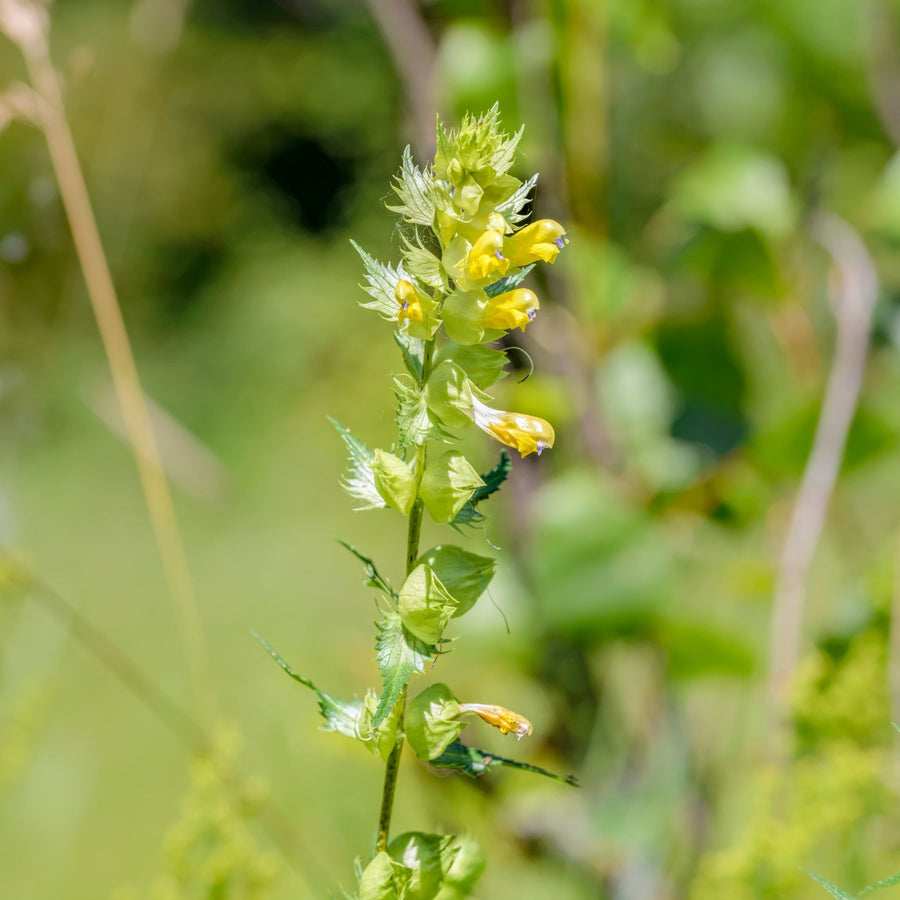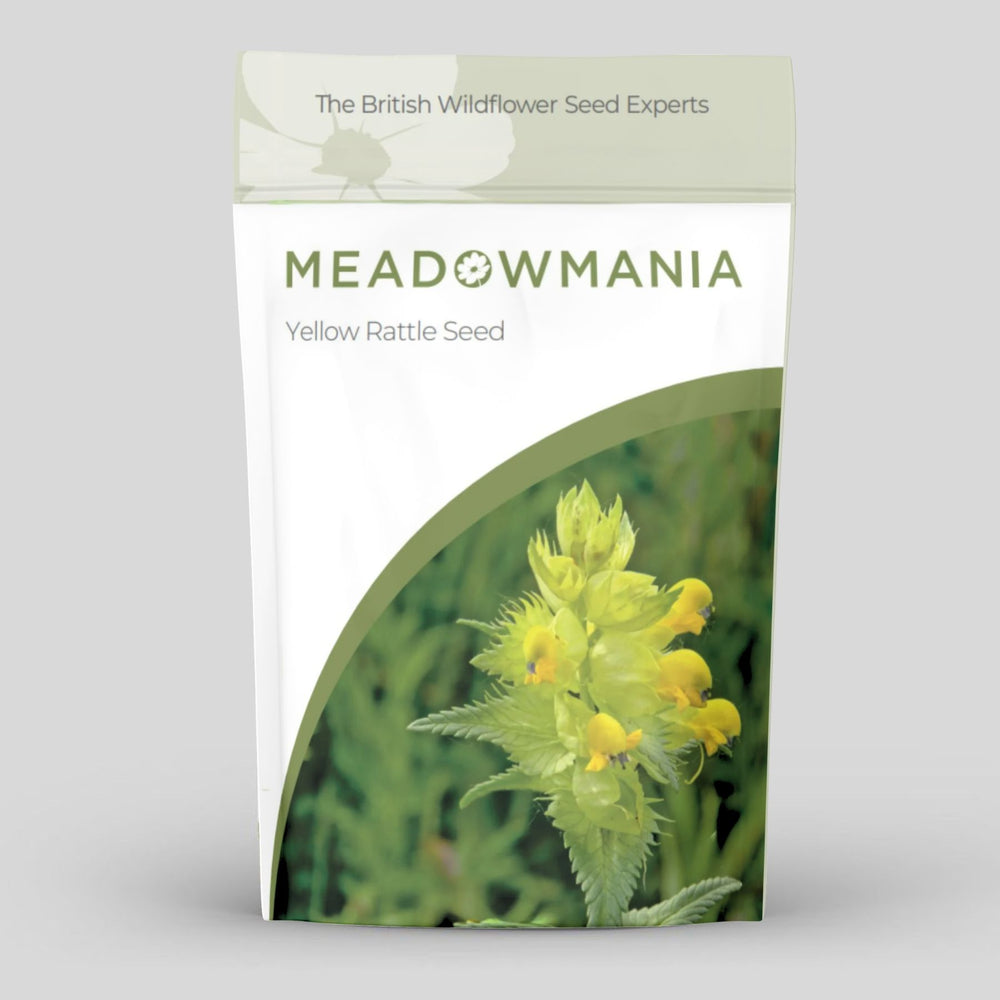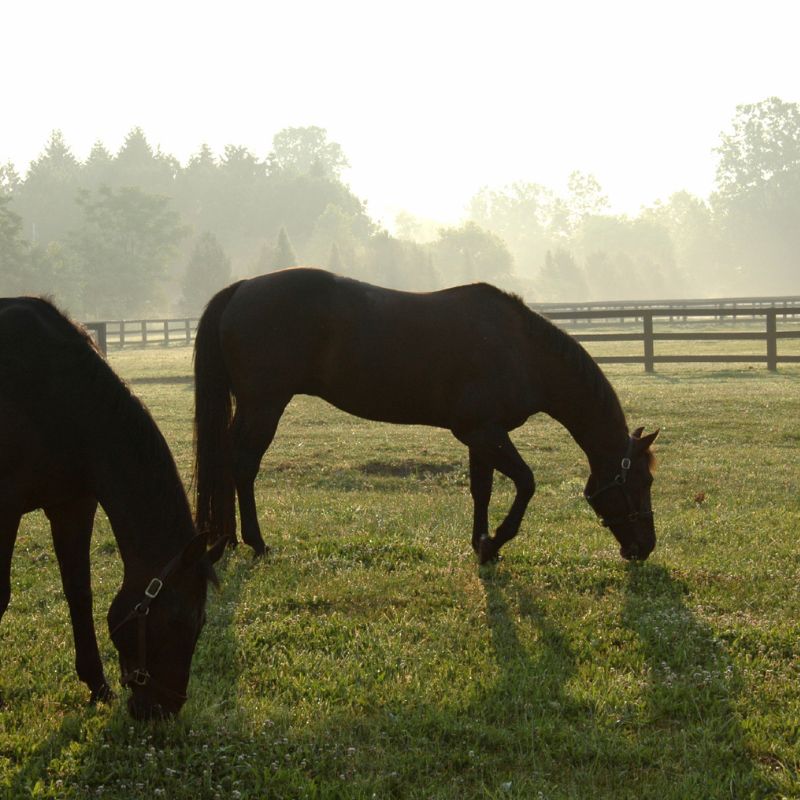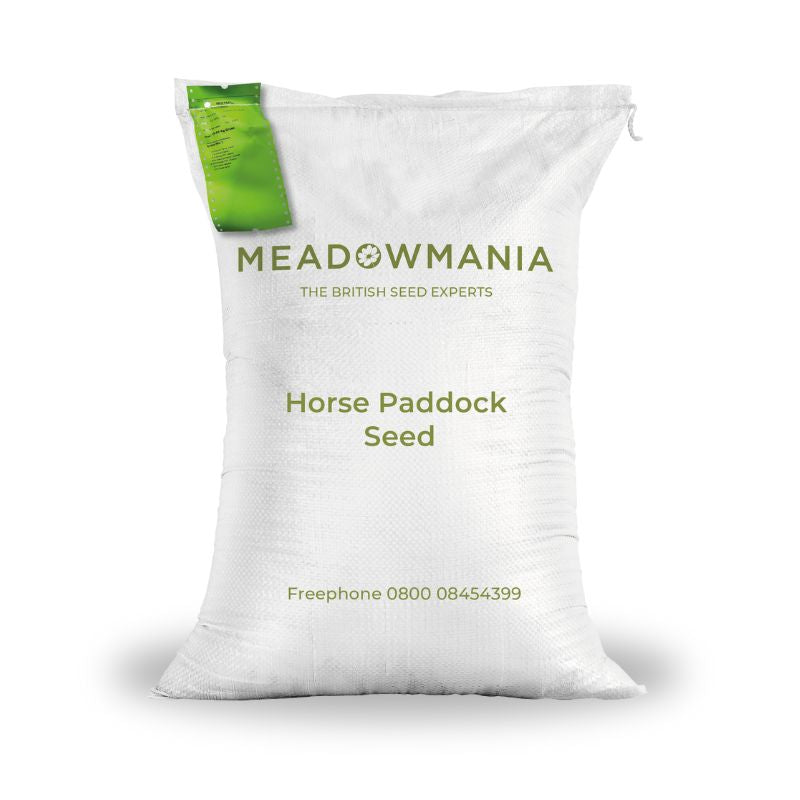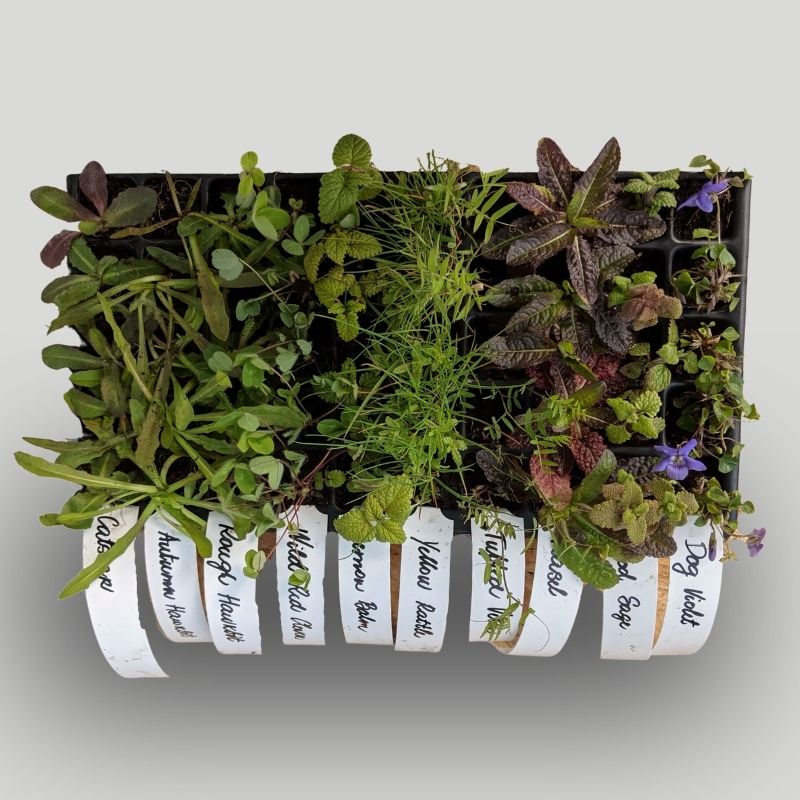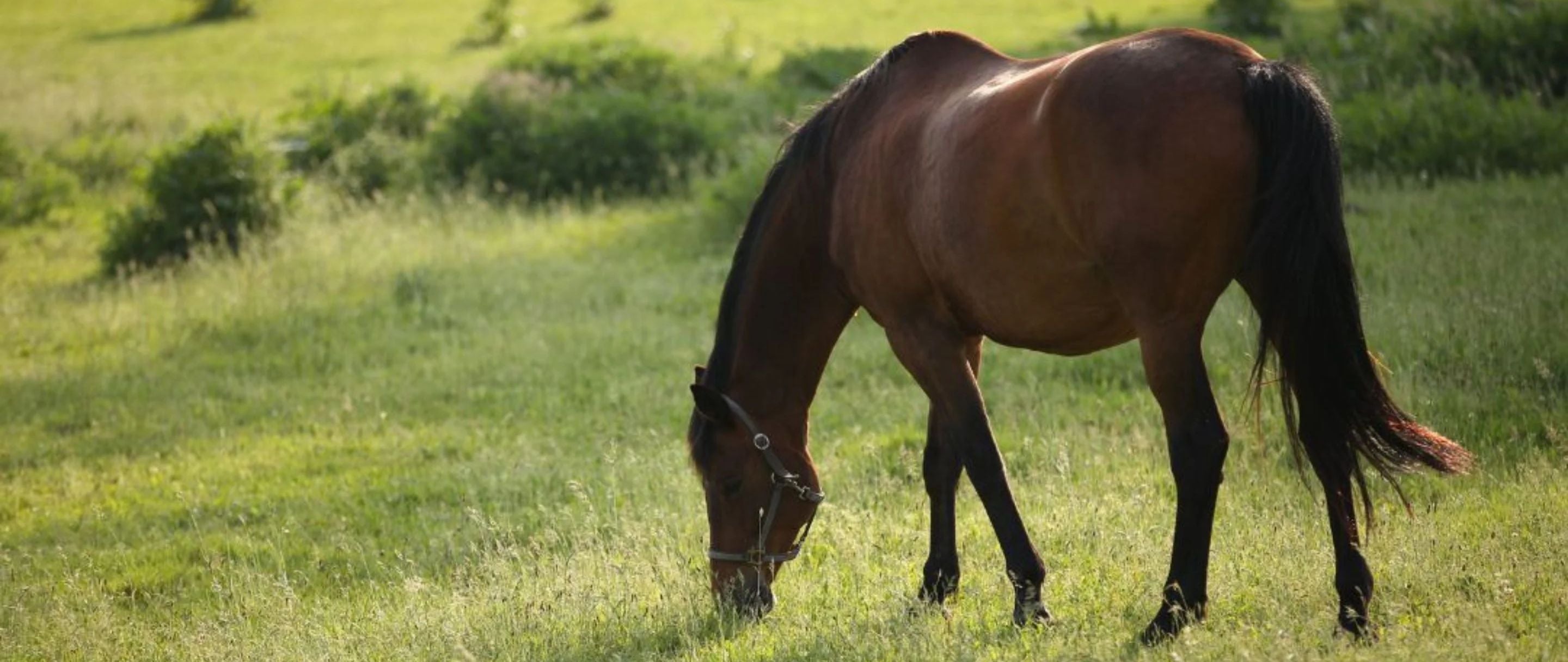
Understanding Laminitis in Horses: Causes, Symptoms and Prevention
Laminitis is an inflammatory condition of the laminae, the soft tissue structures that connect the hoof wall to the pedal bone in a horse’s hoof. When these tissues become inflamed, they can weaken and cause the pedal bone to sink or rotate within the hoof, leading to severe pain and lameness.
What are the causes of this debilitating and painful condition?
Causes of Laminitis
Understanding the factors that trigger laminitis is crucial for its prevention and management. The primary causes include:
Dietary Factors:
Excessive Carbohydrate Intake – Consuming large amounts of grains, or rich pasture - such as those including perennial ryegrass which are high in non-structural NSCs, or fructose as sugars - can lead to a metabolic overload, resulting in laminitis.
Sudden Diet Changes – Rapid changes in diet can disrupt the gut microbiota, causing endotoxins that may trigger laminitis.
Obesity:
Overweight horses are at higher risk due to the additional strain on their hooves and a propensity for insulin resistance, which is linked to laminitis.
Metabolic Disorders:
Equine Metabolic Syndrome (EMS) – Horses with EMS are prone to laminitis due to insulin resistance and abnormal fat distribution.
Cushing’s Disease (PPID) – This disorder in older horses can predispose them to laminitis.
Mechanical Overload:
Excessive weight-bearing on a single leg due to injury in the opposite leg can lead to laminitis in the supporting limb.

Symptoms of Laminitis
Recognising the early signs of laminitis is vital for prompt intervention. Key symptoms include:
Lameness: Noticeable discomfort when walking, often shifting weight from one hoof to another.
Hoof Heat: Increased temperature in the affected hooves.
Bounding Digital Pulse: A strong, throbbing pulse in the arteries around the fetlock.
Reluctance to Move: Hesitation or refusal to walk, often standing with the hind legs tucked under the body to reduce pressure on the front hooves.
Visible Hoof Changes: Changes in the hoof structure, such as rings or unusual growth patterns, may indicate chronic laminitis.

Reducing the Risk of Laminitis
Preventing laminitis involves a combination of proper management practices, dietary control, and regular health monitoring:
Dietary Management:
Controlled Feeding – Avoid overfeeding grains and limit access to lush perennial ryegrass pastures. Introduce dietary changes gradually.
Low-Sugar Forage – Provide hay with low non-structural carbohydrate (NSC) content to minimise the risk of carbohydrate overload.
A species-rich ryegrass-free sward in your horse paddock will reduce sugar levels to grazing horses and ponies.
Weight Management:
Regular Exercise – Implement a consistent exercise routine to maintain a healthy weight and improve insulin sensitivity.
Body Conditioning Scoring – Routinely assess and maintain an optimal body condition score.
Regular Health Check-ups:
Veterinary Examinations – Schedule regular check-ups to monitor for early signs of metabolic disorders and address health issues promptly.
Hoof Care – Ensure regular trimming and shoeing by a qualified farrier to maintain proper hoof balance and prevent mechanical stress.
Monitoring for Metabolic Disorders:
Insulin Testing – Test for insulin resistance, particularly in horses prone to EMS or showing signs of Cushing’s disease.
Manage Underlying Conditions – Properly manage conditions like Cushing’s disease with medication and veterinary guidance.
Stress Reduction:
Stable Management – Minimise stressors in the horse’s environment, as stress can exacerbate underlying conditions leading to laminitis.
Laminitis is a complex condition that requires careful management and early intervention to ensure the well-being or your horses. By understanding the causes, recognising the symptoms, and implementing preventive measures, horse owners can significantly reduce the risk of laminitis and promote a healthy, pain-free life for their equine companions. Always consult with a vet to devise a prevention and management plan tailored to your horse’s needs.


